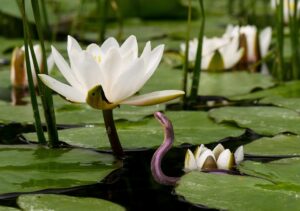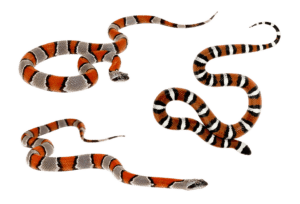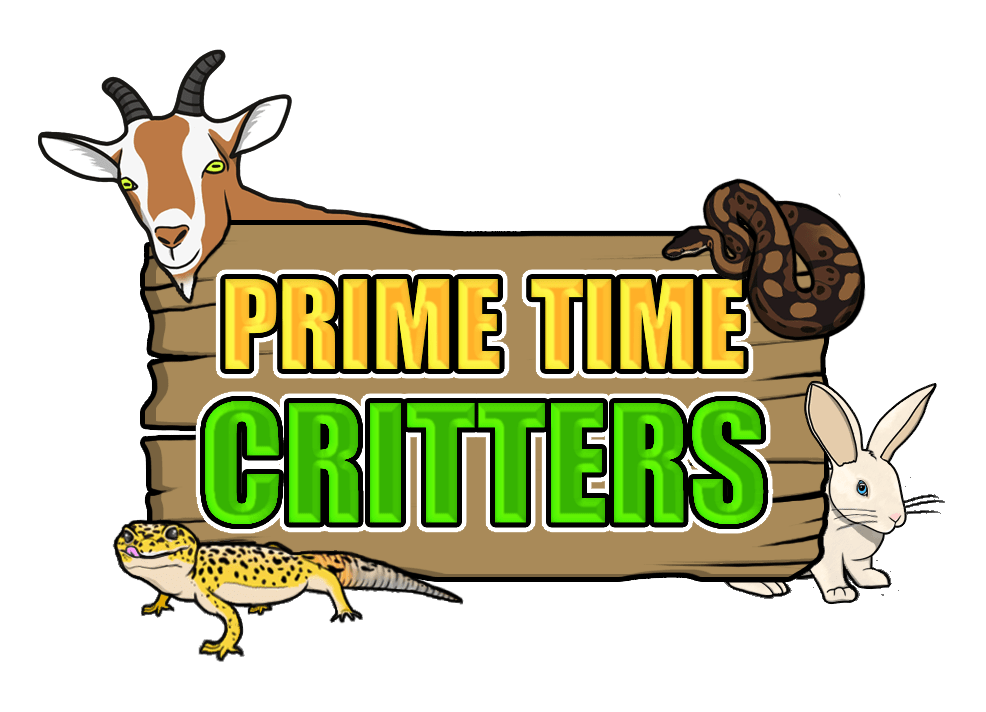
Facebook
Twitter
LinkedIn
[ad_1]
The Magnificent Corn Snake: A Fascinating and Low-Maintenance Pet
With its vibrant colors and docile nature, the corn snake (Pantherophis guttatus) has become a popular choice among reptile enthusiasts. This non-venomous species, native to the southeastern United States, is widely known for its beautiful patterns and ease of care. In this article, we will explore the fascinating world of corn snakes, providing you with a fact sheet, as well as a care guide to ensure you have all the information you need if considering this captivating snake as a pet.
Fact Sheet:
– Size: On average, corn snakes grow to be between 4 and 6 feet long, although some individuals can reach up to 7 feet.
– Lifespan: When properly cared for, corn snakes can live up to 15-20 years in captivity.
– Colors and Patterns: Corn snakes display a wide range of colors and patterns, making them a designer’s dream come true. Their common colors include reds, oranges, yellows, and browns, arranged in various combinations such as stripes and saddles.
– Temperament: Corn snakes are known for being gentle and calm, making them suitable for beginners and experienced herpetologists alike. With proper handling, they can become quite comfortable with human interaction.
– Diet: These snakes are constrictors, which means they subdue and suffocate their prey by wrapping their bodies around them. In captivity, corn snakes feed primarily on mice and rats, which need to be provided pre-killed or frozen-thawed.
Care Sheet:
1. Enclosure: A glass terrarium or plastic enclosure with a secure lid is necessary to house a corn snake. Ensure the enclosure is escape-proof and adequately ventilated. A 20-gallon tank is typically suitable for young corn snakes, while adults may require a 40-gallon or larger enclosure.
2. Substrate: As a burrowing and digger species, corn snakes need appropriate bedding. Aspen or cypress mulch are popular substrate options, providing comfortable and naturalistic surroundings.
3. Temperature and Humidity: Maintaining a thermal gradient is crucial for the well-being of corn snakes. Provide a heat source, such as an under-tank heater or heat lamp, at one end of the enclosure, creating a warm side around 85°F (29°C) and a cooler side around 75°F (24°C). Keeping humidity levels between 40-60% is also essential.
4. Lighting: Although corn snakes do not require UVB lighting, they benefit from a regular day-night cycle. An ambient light source or natural light from a nearby window can help regulate their internal clock.
5. Feeding: Adult corn snakes are typically fed every 1 to 2 weeks, while younger snakes may require more frequent feeding. Offer appropriately sized rodents that are no larger than the snake’s girth. Avoid handling immediately after feeding to prevent regurgitation.
6. Cleanliness and Maintenance: Regular cleaning of the enclosure, removing waste, and replacing soiled substrate are necessary to maintain a healthy environment. Spot clean as needed and perform a deep clean every month or as necessary.
If you’ve fallen in love with the corn snake’s beauty and charm, Prime Time Critters is here to help. We have a team of dedicated reptile enthusiasts who are passionate about providing the best care information and support to those interested in corn snakes or any other reptile as a pet. Feel free to reach out to us with any questions you might have.
[ad_2]
Through education and awareness, I strive to inspire the next generation of caregivers, conservationists and environmental advocates.




Get updates about our newsletters!
